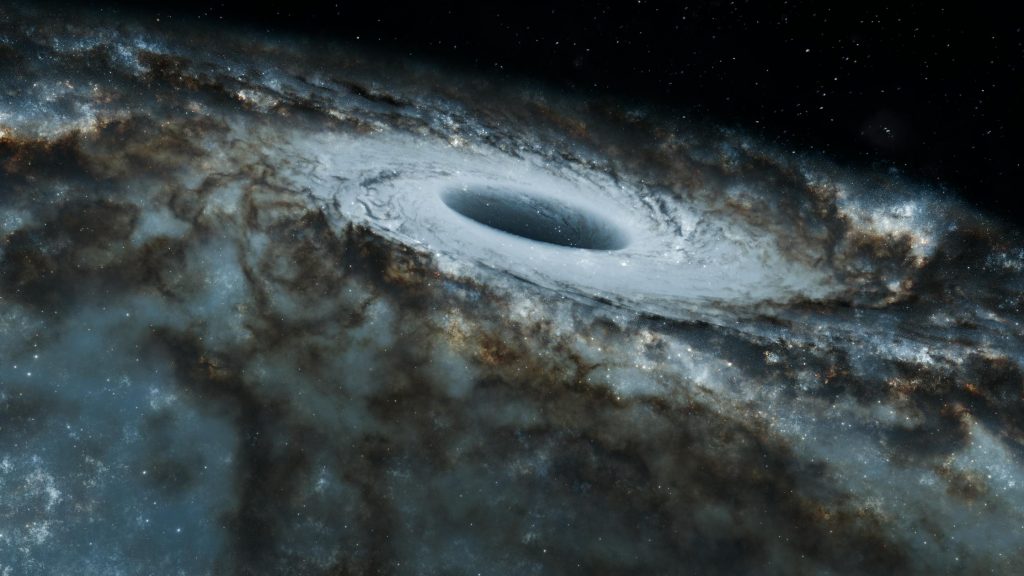Despite making up nearly 85% of the universe’s matter, dark matter remains one of science’s greatest mysteries. It doesn’t emit, absorb, or reflect light—making it invisible to traditional instruments.
So how do we study it? Through its gravitational effects on galaxies and cosmic structures. Scientists use massive telescopes and simulations to map where dark matter must be, based on how visible matter behaves.
Projects like the Euclid Space Telescope and the Vera C. Rubin Observatory are currently scanning the skies to create 3D maps of dark matter distribution, revealing clues about the structure and fate of the universe.
Unlocking the secrets of dark matter could lead to breakthroughs in particle physics, cosmology, and our understanding of space-time itself.
In the quest to understand everything, dark matter is the missing puzzle piece we’re determined to find.



